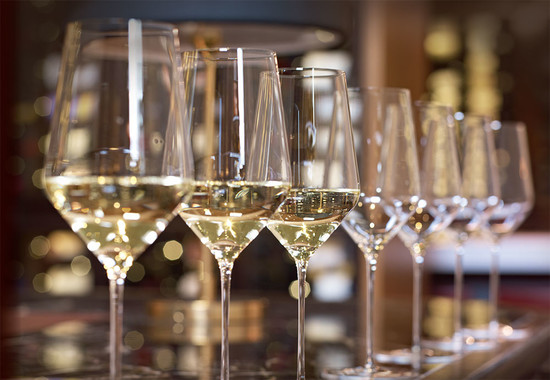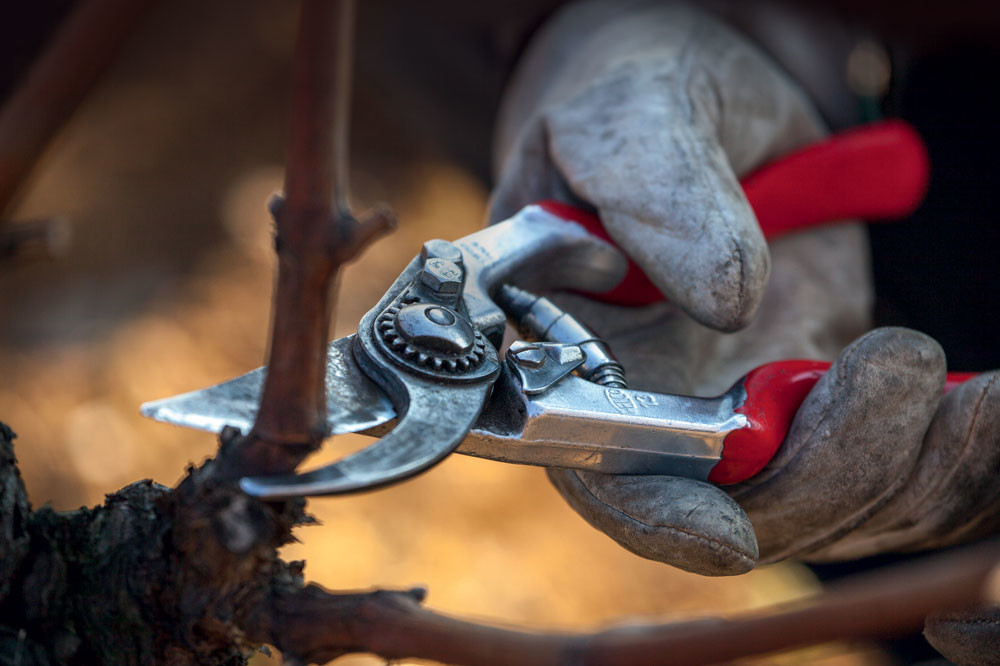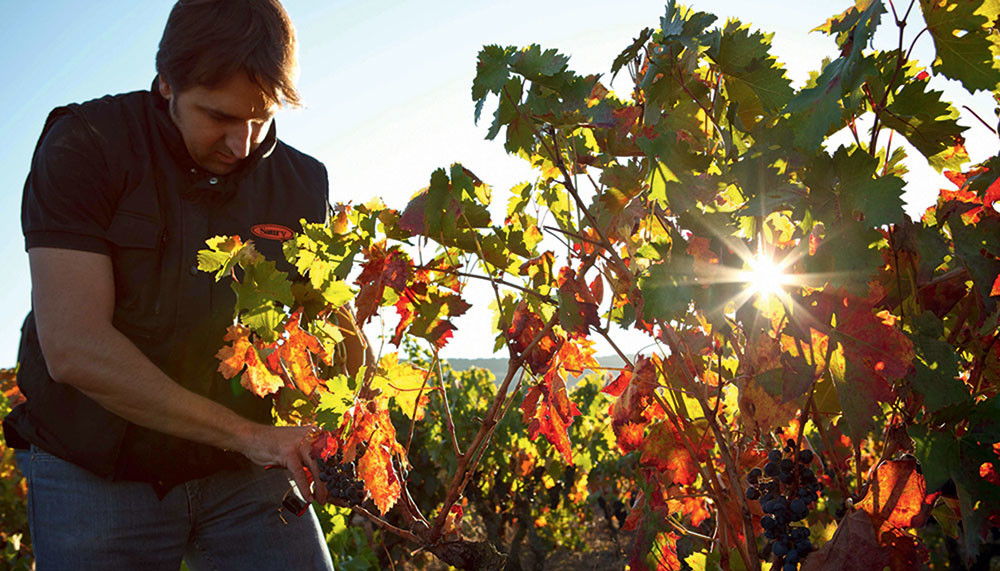As debate rages over the relative merits of straight-sided and curved wine glasses, Anne Krebiehl MW looks at the arguments for and against...

EVERYONE KNOWS THAT a good wine glass should have certain basic attributes: a stem so that our hands won’t unduly change the wine temperature, a generous bowl that allows for low-level filling and swirling and, most importantly, a tapering top to prevent volatile aromas from dissipating immediately. This is best described as a tulip shape. So far so good – but does it make a difference whether those tapering sides are straight or curved?
Daniel Primack, founder of Winerackd, one of the UK’s leading glass suppliers, and a trained biochemist, says: ‘Some people do wine tastings; I do glass tastings. People come and think this is about tasting wine, but it’s about your perception of the differences the glasses make. You may prefer the flavour of a particular wine in one glass or another, but in this context, the glasses make the difference.’
When Decanter reported on the advantage tulip-shaped glasses have over flutes or coupes for sparkling wine (December 2015 issue), the reasoning was anchored in physics, in the way the bubbles travel and burst. In the case of curved versus straight walls, science holds no answer; there are no studies, no comparisons that would favour either camp. What is undeniable, though, is that there is a difference in sensory perception.
For Zalto, the main proponents of straightwalled glasses, it boils down to a question of directness – of using the shortest distance between two points. Zalto’s managing director, Christoph Hinterleitner, explains: ‘Every wine glass has certain parameters: the fill volume, the diameter which determines the surface area of the wine, the distance from fill-level to rim, the size of the opening and the side walls. If you reduce all these parameters to their simplest form and connect the points you will get a straight line, not a curve – a curve would simply add another variable.’
At Schott-Zwiesel, producers of both curved and straight glasses, brand manager Gerhard Frank says: ‘If there is a difference between straight and curved, I believe it’s minimal. The really important thing in a wine glass is that it narrows towards the top so that aromas are bundled. This happens whether the walls are straight or curved.’ He also believes the surface area of the wine is more important and that straight-walled glasses, by way of design, may offer a larger surface. He is careful to emphasise that ‘glasses are always an interaction of numerous factors’. For Frank, the main difference between straight and curved is purely aesthetic.
At Riedel, whose glasses are more or less curved, UK managing director Stephen McGraw says: ‘The shape and size of a bowl is key in influencing both aroma and flow and is one of the most relevant and important aspects we take into account for the design of a glass.’ He did not, however, comment on straight or curved sides.
All in the taste
At London’s 67 Pall Mall, a private members’ club for wine lovers which opened in 2015 and has become a popular destination for industry tastings, all wine glasses are straight-walled. Head of wine and Master Sommelier, Ronan Sayburn is unequivocal. ‘Aesthetically I think curved glasses probably look slightly more elegant, but in functionality I think the straight walled glasses definitely do make the wines taste better,’ he says.
Sayburn started working with straight-walled glasses a number of years ago. ‘Just trying them side-by-side with other glasses, I find more intensity on the nose,’ he adds. ‘This may have something to do with the straight edges that help protect the aromas further up in the glass; curved glasses soften the aromas slightly.’
The reaction from guests at 67 Pall Mall is equally clear. ‘People love them,’ says Sayburn. ‘If we had done this five or six years ago, they would have been surprised. Now we have nothing but positive comments.’
Zalto’s Hinterleitner backs this up. ‘We believe a curved wall drags aromas and that straight-walled glasses are more precise in displaying wine aromas. We are convinced that a wine glass should show the wine as it is, with as little make-up as possible. We want to show the most diverse array of aromas. This is unlike music where an equalizer straightens out highs and lows. We want to show everything.’
Primack agrees. ‘While there is no scientific research on the merits of straight versus curved-sided wine glasses on wine perception, it is an undisputed fact that different glasses make wines taste differently.’
According Primack, the difference is between amplification and integration, but in the end entirely down to personal preference.
‘I would describe straight-sided glasses as more revealing,’ he continues. ‘The difference between straight and curved is that the straight-sided glass will appear to make the wine more amplified: any characteristic of the wine, be it leafiness, overripe fruit or a particular aromatic compound, the straightsided glass will amplify these elements of the wine, while a curved glass will integrate them more. That is my distinct impression after using these glasses thousands of times. But I cannot tell you that one type is superior to the other; there is no absolute. The only advice I can really give is to spend at least as much on the glass as you spend on the wine.’
Whether you are swayed by aromatics or aesthetics; whether you use a glass to assess, score or simply enjoy wine, what is clear – and what everyone agrees on – is that straight or curved walls are just one further variable in the intricate alchemy of tasting. Sensory perceptions and personal preferences, thankfully, are infinitely varied and not wholly explicable. As consumers we can rejoice: never has our choice of glass been so varied or sophisticated.
Anne Krebiehl MW is a wine writer, educator, consultant and judge.
Translated by ICY
All rights reserved by Future plc. No part of this publication may be reproduced, distributed or transmitted in any form or by any means without the prior written permission of Decanter.
Only Official Media Partners (see About us) of DecanterChina.com may republish part of the content from the site without prior permission under strict Terms & Conditions. Contact china@decanter.com to learn about how to become an Official Media Partner of DecanterChina.com.








Comments
Submit